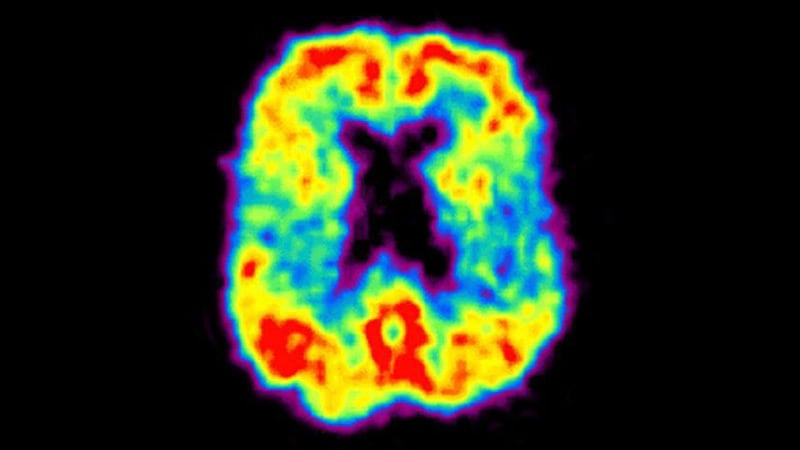The study covered in this summary was published on medRxiv.org as a preprint and has not yet been peer reviewed.
Key Takeaway
Why This Matters
Study Design
-
Participants were older adults from two ongoing community-based cohort studies of aging and dementia: the Rush Memory and Aging Project (MAP) (n = 1179), and the Religious Orders Study (ROS) (n = 1103).
-
At enrollment, participants were without known dementia; 1742 had no cognitive impairment (NCI), and 540 had mild cognitive impairment (MCI).
-
Follow-up duration ranged from 2 to 26 years (median, 8 years; standard deviation, 5.42).
-
Risk prediction models used five groups of clinical predictors for Alzheimer’s dementia: (1) common risk factors (age, gender, education, Mini–Mental State Exam [MMSE] scores, APOE E4 allele status); (2) health measures (blood pressure, depression, cardiovascular disease); (3) medication usage; (4) other variables (composite cognition scores, physical activity, social network size); (5) motor and sleep metrics.
-
Cognitive evaluations utilized 17 tests that assessed five domains of cognitive ability: episodic memory, semantic memory, working memory, visuospatial abilities, and perceptual speed.
-
Cognitive status of participants was classified as NCI, MCI, Alzheimer’s dementia, or other dementias, in accordance with established criteria from the National Institute on Aging and Alzheimer’s Association.
-
Associations between predicted risk scores of Alzheimer’s dementia and brain pathology were assessed by autopsy.
-
Models examined predicted transitions from no dementia (NCI or MCI) to Alzheimer’s dementia, NCI to Alzheimer’s dementia, or NCI to MCI or Alzheimer’s dementia.
-
Prediction model accuracy was determined: model A (noncognitive covariates alone), model B (MMSE + noncognitive covariates), model C (MMSE + composite cognition and noncognitive covariates), model D (composite cognition covariates alone).
Key Results
-
Overall model performance using only noncognitive covariates showed good model prediction of Alzheimer’s dementia.
-
Stepwise addition of cognitive covariates yielded improvement in model performance using only noncognitive covariates.
-
Joint models of noncognitive and cognitive measures provide better predictions of cognitive impairment compared with use of cognitive covariates alone.
Limitations
-
The study utilized a minimally diverse population sample.
-
Brain imaging and fluid biomarkers were not assessed.
-
Alzheimer’s dementia diagnosis could be associated with mixed brain pathologies.
Disclosures
-
The study was funded by the National Institute of Health, the Illinois Department of Public Health, and the Robert C. Borwell Endowment Fund.
-
The authors have disclosed no relevant financial relationships.
This is a summary of a preprint research study, “Risk Models Based on Non-cognitive Measures May Identify Presymptomatic Alzheimer’s Disease,” conducted by Jingjing Yang from the Center for Computational and Quantitative Genetics, Department of Human Genetics, Emory University School of Medicine, Atlanta, Georgia, and colleagues, published on medRxiv.org, and provided to you by Medscape. This study has not yet been peer reviewed. The full text of the study can be found medRxiv.org.
For more news, follow Medscape on Facebook, Twitter, Instagram, and YouTube.
